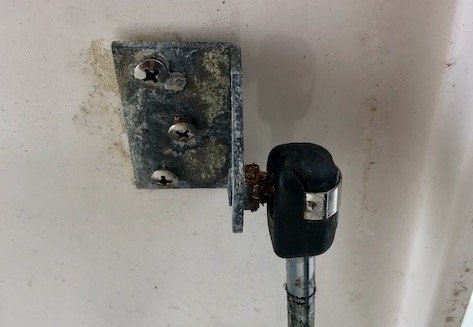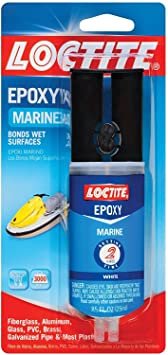HeadedToTexas
Guru
Yeah, no surprise there, right? Seriously though, I have a few loose screws on my boat that need fixed. The first and most urgent is the upper bracket on my lazarette hatch gas strut. My plan is to remove the screws, clean and debride the holes, fill with epoxy, then drill and replace the screws.
I get that the right way to go is to blend the right amount of thickener into West 105, but I need less than an ounce for this project. Is a product like Hardman Red or even Loctite Marine Epoxy nearly as good as West 105? Or 90% as good? Or 75%?
And I see West 105 comes in convenient single use packets ready to go with 205 fast hardener. I can see going through a quart of 105 in the coming years. How long does it last?
I get that the right way to go is to blend the right amount of thickener into West 105, but I need less than an ounce for this project. Is a product like Hardman Red or even Loctite Marine Epoxy nearly as good as West 105? Or 90% as good? Or 75%?
And I see West 105 comes in convenient single use packets ready to go with 205 fast hardener. I can see going through a quart of 105 in the coming years. How long does it last?



